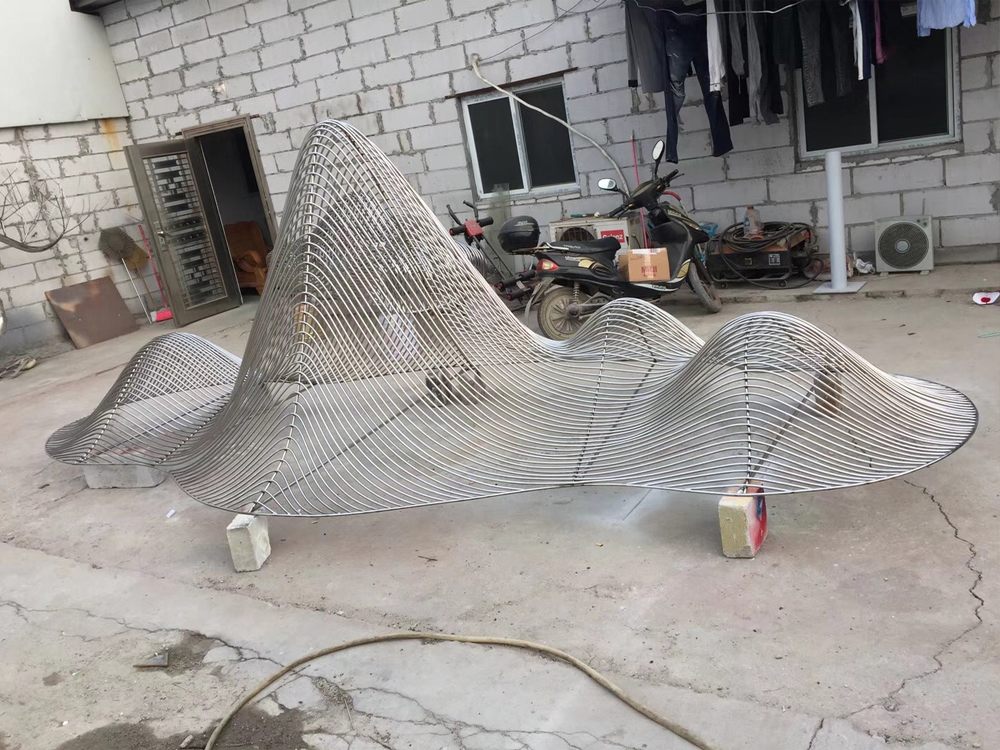
The fusion of traditional blacksmithing techniques with modern metal sculpture practices has given rise to a captivating art form that bridges history and innovation. Artists today skillfully blend age-old forging methods—such as hammering, bending, and welding—with contemporary design principles to create striking metal artworks.
One key approach involves preserving the raw, handcrafted aesthetic of blacksmithing while incorporating modern tools like plasma cutters and MIG welders for precision. For example, some sculptors use traditional joinery techniques alongside 3D-printed metal components, achieving a harmonious balance between old and new.
Another trend is the reinterpretation of classical motifs through abstract or minimalist designs. Artists might employ centuries-old repoussé (metal embossing) methods to craft sleek, geometric forms that appeal to modern sensibilities. Environmental consciousness also plays a role, with many creators repurposing scrap metal using both forge-based and cold-working techniques.
By respecting the material’s inherent qualities—its malleability under heat, its structural strength—these artists honor blacksmithing’s legacy while pushing boundaries. The result? Sculptures that whisper of ancient workshops yet boldly declare their place in contemporary art spaces. This evolving dialogue between tradition and innovation continues to redefine what metal art can be.

